A Guide to Contemporary House Plans

What makes a house contemporary? Many people associate the term “contemporary” with a modern or utilitarian style, but a truly contemporary home is neither of these. Besides an increased focus on the natural environment and encouraging indoor/outdoor living, contemporary houses share a unique set of desirable features that include the following — regardless of the home’s size or location.
Features of Contemporary House Plans
1. Use of Glass and Natural Light
Contemporary architecture features natural light throughout the home by incorporating windows into the design. Yes, windows are technically a feature of any home, however, a contemporary design uses windows for visual appeal, as well as to reduce energy costs.
Contemporary house style incorporates large windows which are often placed asymmetrically. Other designs may include clerestory windows — a line of windows placed above eye level. Ironically, although they’re found in contemporary design, clerestory windows are an old design technique dating back to ancient Egypt. By placing windows above eye level, they can bathe rooms with sunlight but temper the harsh glare that often comes from windows at eye level. In other words, they essentially provide a more natural ambient light in whatever space they’re in. They also make a room feel more open and leave more useable wall space for bookshelves and art.
2. Asymmetrical Exterior
Modern contemporary houses are known for their irregular exterior, often relying on a variety of lines and angles to achieve a unique look. This is often achieved by incorporating strong geometric shapes into the layout. In some cases, this may be done with the roofline, such as in the case of an A-Frame or flat-roofed home. Other times, these shapes are incorporated into the house itself or some combination of the two.
The asymmetrical interior is a major reason why contemporary homes often stand out from their more traditional counterparts. They make a bold architectural statement wherever they’re located, especially if they are built with a particularly stunning natural backdrop, such as in the case of a mountain home or lakeside retreat.

3. Open Floor Plan
If you’ve ever watched a home renovation show, then you’ve heard the term “open floor plan.” This basically means that two or more traditional spaces, such as the kitchen, dining room and living room — have been combined into one large space without full walls or doors separating them. What’s so great about this feature?
Although it is not unique to contemporary architecture, this is a popular feature in contemporary home design because it encourages multi-use spaces. As your family grows and changes, you can adjust a room’s function and layout without being constrained by walls and doors.
An open floor plan with lots of natural light is also a great way to showcase the beautiful scenery outside. Imagine a large room that functions as a kitchen, dining room and family living space with stunning floor-to-ceiling windows, looking out to a beautiful lakeside view or the shoreline of the ocean. Rather than designing each room with a separate, segmented view, all three of these spaces can share the same stunning scenery.
4. Minimalist Decor
But make no mistake. Minimalist decor isn’t the same as the industrial look that accompanies modern architecture. Contemporary decor isn’t particularly ornate, but it incorporates the warmth of wood, stone and neutral tones. In fact, the goal of contemporary decor is to achieve a warm, comfortable look that invites you to relax and stay awhile.
5. Modern and Industrial Materials
However, a big difference between today’s contemporary architecture and authentically modern style homes is that contemporary house plans are designed to be warm and inviting — even if they take advantage of modern technology and other modern design elements. For example, contemporary homes may incorporate eco-friendly materials, such as granite countertops and bamboo floors. They may also rely on windows for natural lighting along with solar collection to power the lights and appliances.
5 Benefits of Contemporary Houses
Contemporary homes are incredibly popular, both as vacation homes and primary residences. What makes contemporary home designs so popular, and why should you consider it for your next home?
1. Light, Light and More Light
Since contemporary homes are designed to incorporate natural light, these spaces typically have a light, airy feel to them, but there’s more to it than just how they look. By incorporating natural light throughout contemporary design, you’ll likely see a decrease in energy costs because you won’t be using as many lamps and light fixtures throughout your home. Depending on how functional those windows are, they can also be designed to encourage efficient airflow throughout the house to reduce the need to use energy-consuming fans or HVAC systems as frequently.

2. Indoor/Outdoor Flow
Contemporary design doesn’t just bring light into the home. It also creates a flow between indoor and outdoor space. This can be achieved through a variety of designs, but it is often done by designing outdoor living spaces that are easily accessible from the house. This means they have wide porches and decks, perfect for evening meals, a relaxing beverage or sitting down with a good book. Contemporary architecture also effectively places ceilings, windows and hallways to allow for maximum airflow between windows and doors when they’re opened.
3. The Ability to Make It Your Own
Contemporary designs leave a lot of opportunities for the owner to design the space they need — both now and in the years to come. Contemporary homes are known for their flexible layout, which allows you to use a space one way, then repurpose it when your family’s needs change. This can include changing around the furniture to create a new flow between spaces rather than undergoing an expensive remodel or being limited by the placement of permanent walls or doors.
4. Environmental Friendliness
Contemporary homes are designed to be kind to the environment by incorporating recycled materials, natural materials and energy-saving features where possible. This can be accomplished by using sustainable building materials, installing water-saving plumbing fixtures, utilizing solar energy and designing the interior of the home to rely on natural lighting and airflow — this reduces the need for light fixtures and constantly relying on an HVAC system for heating and cooling. Besides reducing the home’s environmental footprint, contemporary designs can also offer savings on energy costs over time.
5. Beauty
One of the best things about a contemporary home is its beauty. Contemporary architecture relies on shapes, lines and light to create a relaxing, beautiful space. Contemporary homes do rely on many modern materials, but they also make efficient use of traditional materials, such as wood and stone to enhance the crisp, clean lines. Additionally, big bold windows are also a staple of a contemporary home, and because these homes are often built in scenic areas, the home’s indoor beauty is complemented by the scenery right outside.
3 Example Contemporary House Plans

Family Home Plans is thrilled to offer a wide selection of contemporary home plans to choose from, but if you need some help narrowing it down, consider some of our current favorites.
1. Southern Style House Plan
The Southern Style House plan offers more than 1,700 square feet of living space. With two first floor bedrooms and a sleeping loft for extra space, this contemporary plan offers the best of vacation living — all the time. The rustic cabin design will fit perfectly on a lake or in the mountains, but it’s so spacious and comfortable that you might want to make it your permanent retreat. Offering features such as a two-car garage, deep front porch for sipping lemonade and a fireplace for those cooler evenings, this home offers the best of indoor/outdoor living.
2. Modern Style House Plan
The Modern Style House plan embodies the best of contemporary and modern architecture. Designed for a rustic retreat, this miniature space features 686 square feet of small house living. Inside you’ll find two bedrooms and a bath. Contemporary features include above deck windows, walk-in closets and space for a washer/dryer. Copious amounts of natural light also help the space feel bigger and provide a tranquil place to relax. It is a must-have retreat for the environmentally conscious.
3. Tuscan Style House Plan
Who needs a vacation retreat when your primary home is so luxurious? Also called the “Texas Ranch” style plans, the Tuscan Style House plan includes high ceilings, large bedrooms and big porches. With nearly 3,000 square feet of living space, you’ll be charmed by this home’s plethora of big, beautiful windows and dazzled by all the natural light they provide. The three-car garage and amazing curb appeal will seal the deal, making this a family home you’ll never want to leave.
Contemporary House FAQ
If you’re considering building a contemporary house, then you probably have some questions about the process. We often get questions about these unique and beautiful houses, so after you check out our contemporary floor plans, take a look at our FAQs to get your most common questions answered.
1. What Is a Contemporary House?
The term “contemporary” is often used interchangeably with “modern,” but the two are actually very different. Modern architecture tends to have a minimalist, industrial feel, valuing function and featuring materials such as steel and glass.
Contemporary-style homes are also designed with function in mind, but the big difference is that they feature an open floor plan with fewer walls and doors to divide common spaces. The emphasis of the design is on bringing the indoors and outdoors together through big windows, high ceilings and open spaces, ultimately making use of natural light and scenic surroundings to enhance the house’s appeal.
2. How Do You Design a Contemporary House?
One of the trademarks of contemporary design is its uniqueness. Although most contemporary homes have certain common features — such as open floor plans, lots of natural light and an asymmetrical exterior — each one boasts its own unique design and details depending on its size and location. For example, contemporary homes in the city may look very different than a contemporary home built in the mountains or near the coast.
One of the best parts of contemporary design is incorporating the setting into the home itself. As you browse our wide selection of contemporary home plans, keep in mind the setting for your future home. This can be helpful in selecting the look and design that will fit best on your lot.
3. Is It Better to Build a New House or to Buy?
There are pros and cons to both building a home and purchasing an existing home, so the better option is the one that works best for your individual circumstances. However, there’s nothing like creating a home that is uniquely yours — with all the features and details that are important to you. When you build a home, you get to decide how it looks and how it functions. With an already-existing home, you have to work with what’s there, unless you remodel or add on to get the spaces how you want them.
The downside to building a home is that it does require patience. It won’t happen overnight. There is a lot of planning involved, and you can’t rush the process. But our customers often find that the result is worth the wait. Having a home that has exactly what you want and has your personal touch throughout the entire space is an amazing life experience.
4. Do You Need Blueprints to Build a House?
You do need blueprints to build a house. A blueprint provides a detailed set of information the builder will need to construct every phase of your home. It’s more than just a house floor plan. Think about it as a very detailed, very technical pattern. Designed by an architect, a blueprint communicates detailed information to the builder about the size and scope of the home. Besides giving a visual representation of the floorplan, a blueprint also includes a basement or foundation plan, elevation drawings for each side of the home, a framing plan, electrical layout and plans for plumbing and other mechanical systems within the home structure, such as HVAC. A blueprint will also provide a plot plan, roof plan and cross-section drawings for each structural element of the home.
Some builders require their clients to choose from a select set of blueprints their company provides. If you opt to purchase blueprints from Family Home Plans, then you’ll need to find a builder who is willing to use your plans. Don’t wait to ask this question — find out upfront what the builder’s policy is about using other blueprints.
5. How Many Sets of Blueprints Are Needed to Build a House?
Once you’ve selected the blueprint you want to purchase, consult your builder to determine how many copies you’ll need to purchase. Your builder will require one to two copies for their own work, but you’ll also have to provide copies to your lender as well as any contractors or subcontractors who will be involved in the building process. You may also need to provide copies to your local government when you file for permits.
6. How Do I Find the Right Contemporary House Plan?
Finding the best contemporary house plan with our advanced search system is quick and easy. You can follow this simple guide to locating the ideal contemporary house plan for your home:
- Type the square footage of the plan you want.
- Select the number of bedrooms and the number of bathrooms.
- Choose the number of stories and the garage type.
- Pick your foundation and exterior wall type.
You can also refine your search using filters. It’s easy to rearrange the search results so that the bestselling or newest plans come up first. Take advantage of other search filters and find unique features like:
- Finished basement
- First-floor master bed
- Second-floor laundry
- Fireplace
- Formal dining area
Why Family Home Plans?
Using Family Home Plans is the smartest way to find contemporary house plans online. You should always purchase your home plans from us because:
1. You’ll save time and money: You can find the most suitable plan out of more than 30,000 plans within just a few minutes. Purchasing a stock building plan can save you up to 80% of the price of hiring an architect to design one for you.
2. We offer a price match guarantee: If you find a lower price for the same house plan, we’ll give you a five percent discount.
3. You can enjoy the ability to customize plans: If you want an extra room or need to expand a space, remember that the plan can be customized to meet your needs.
Contact Us Now for Your Ideal Contemporary Home Plans
To get the best contemporary house plans for your dream home at a low and affordable price, start your search now on this page or contact us for further assistance.


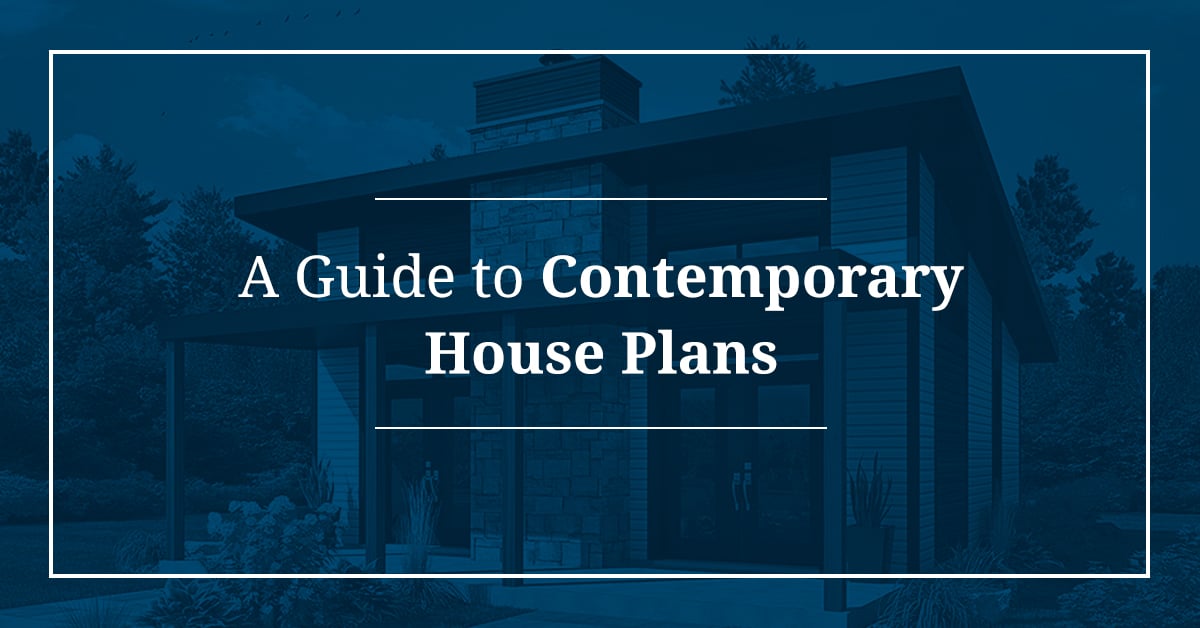
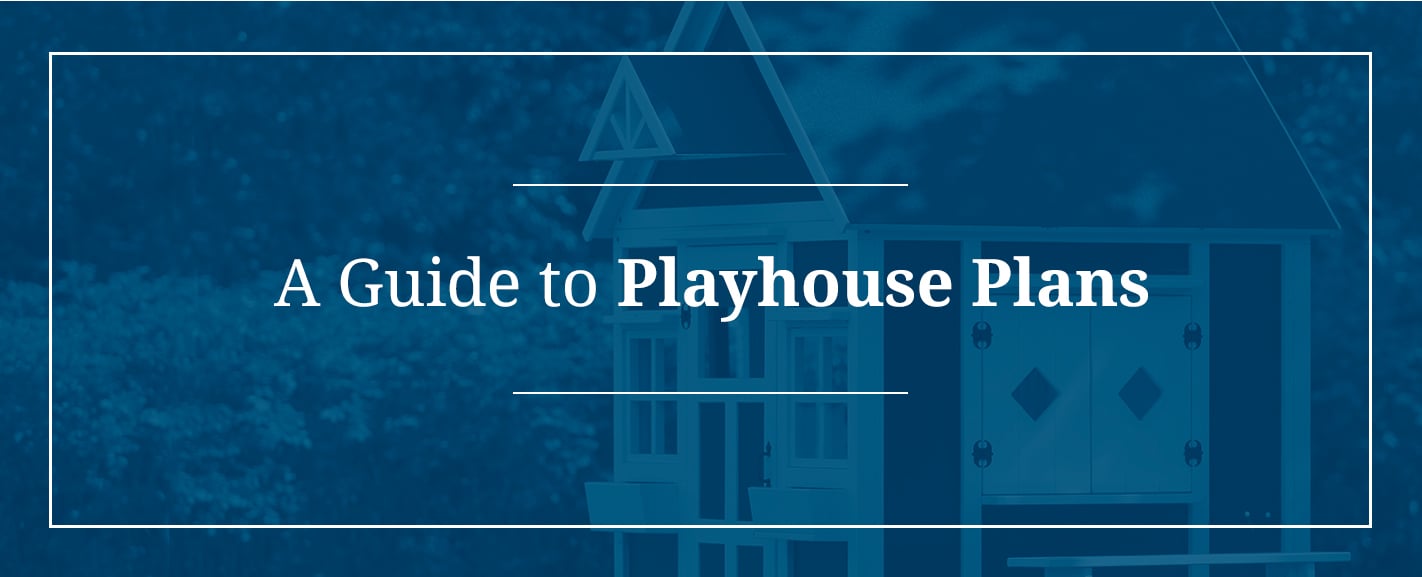
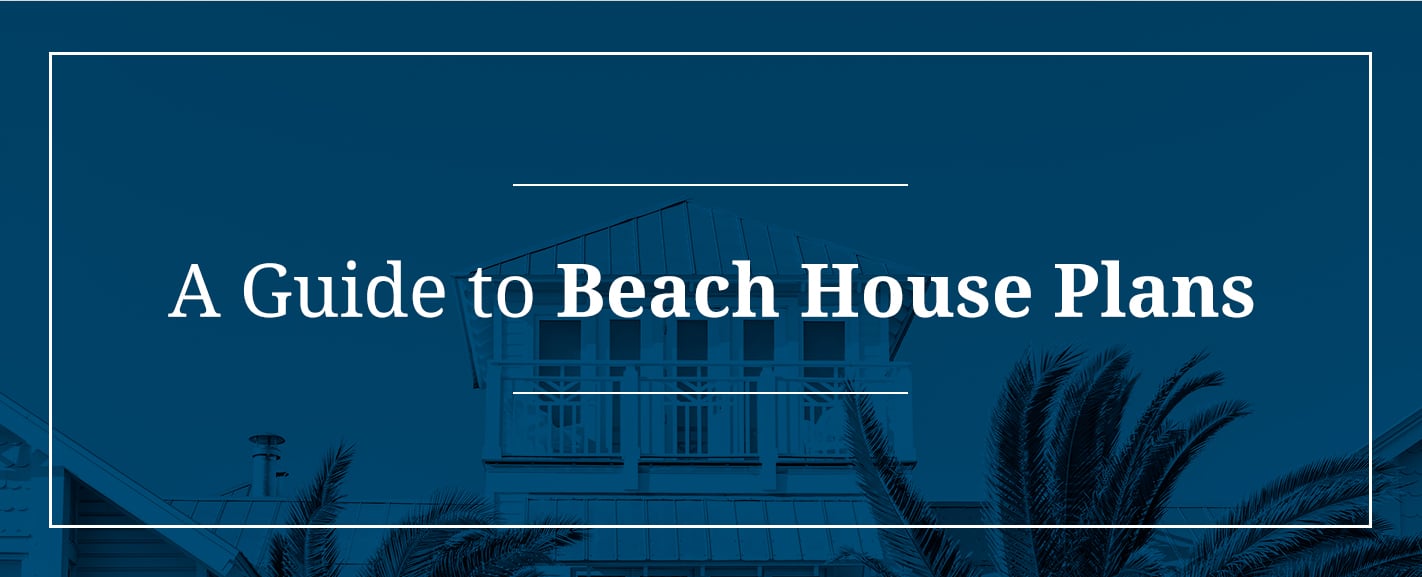

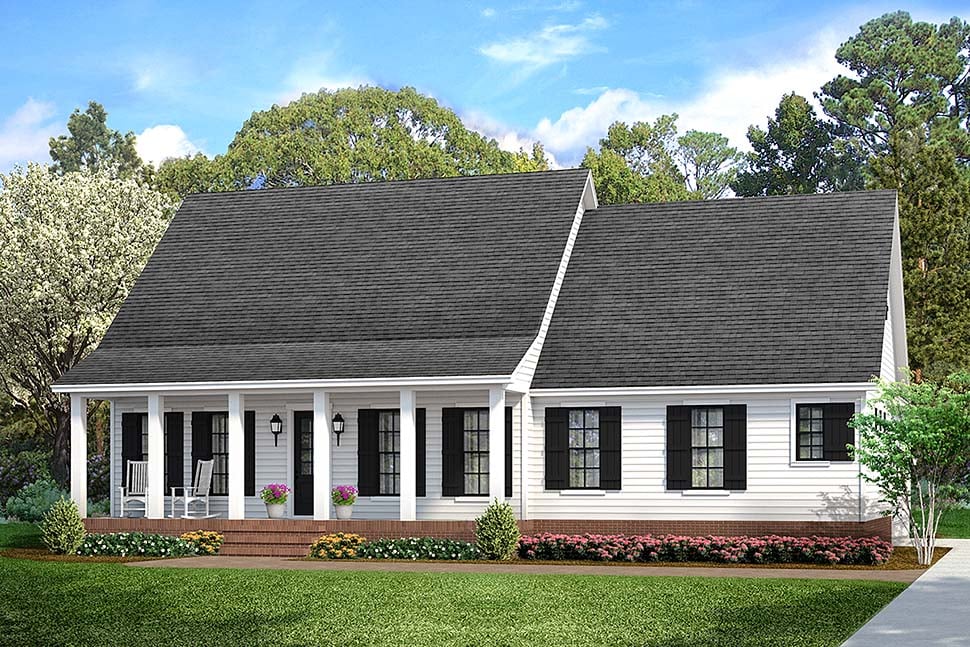
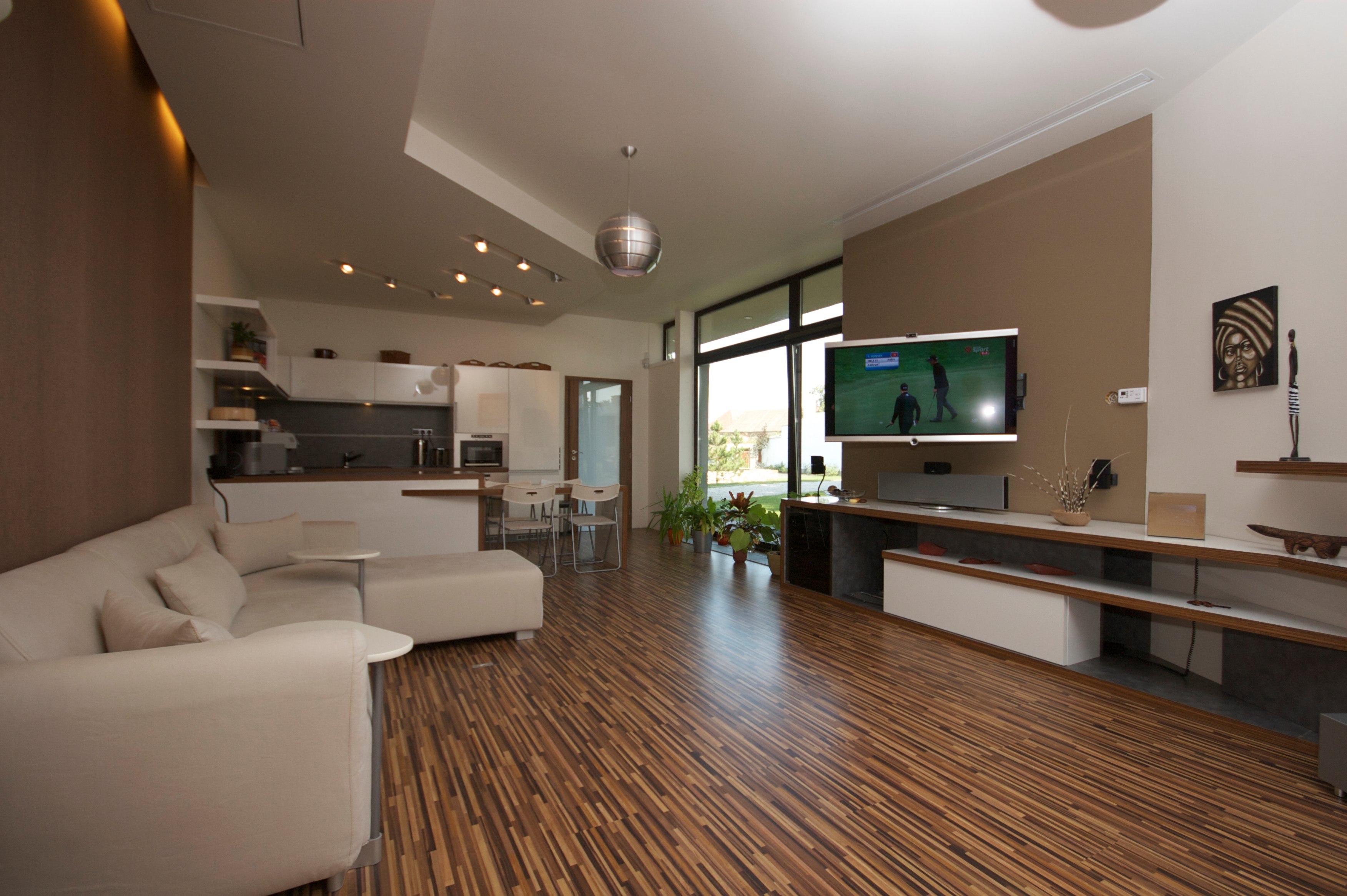
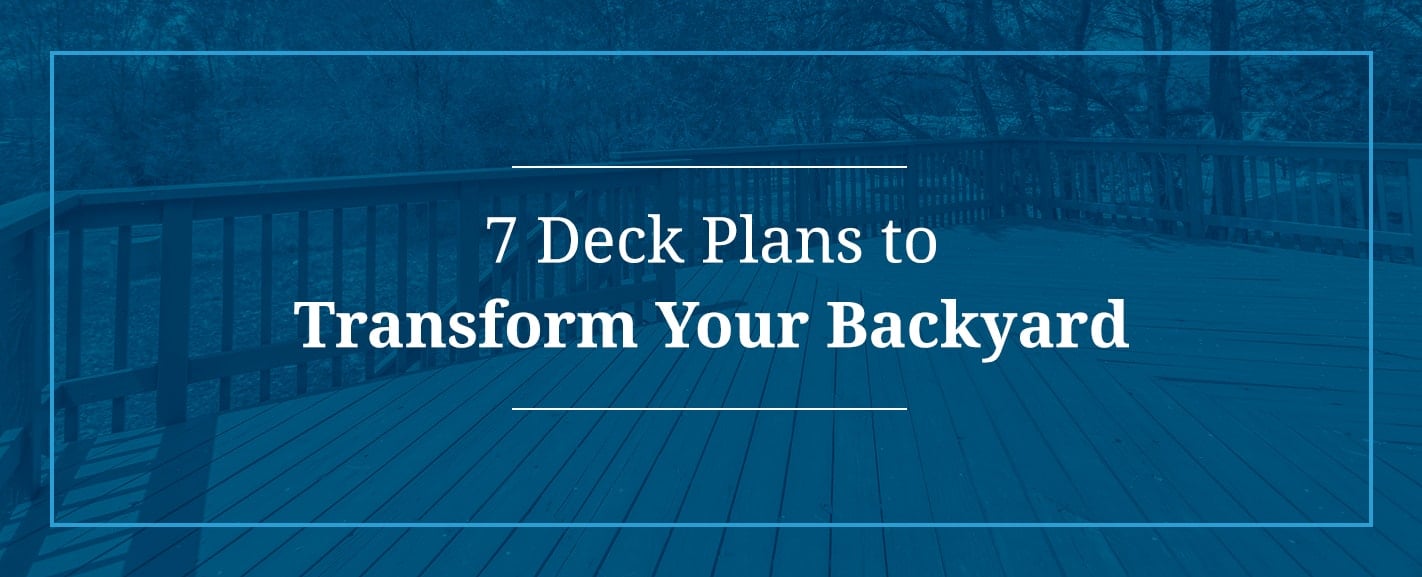
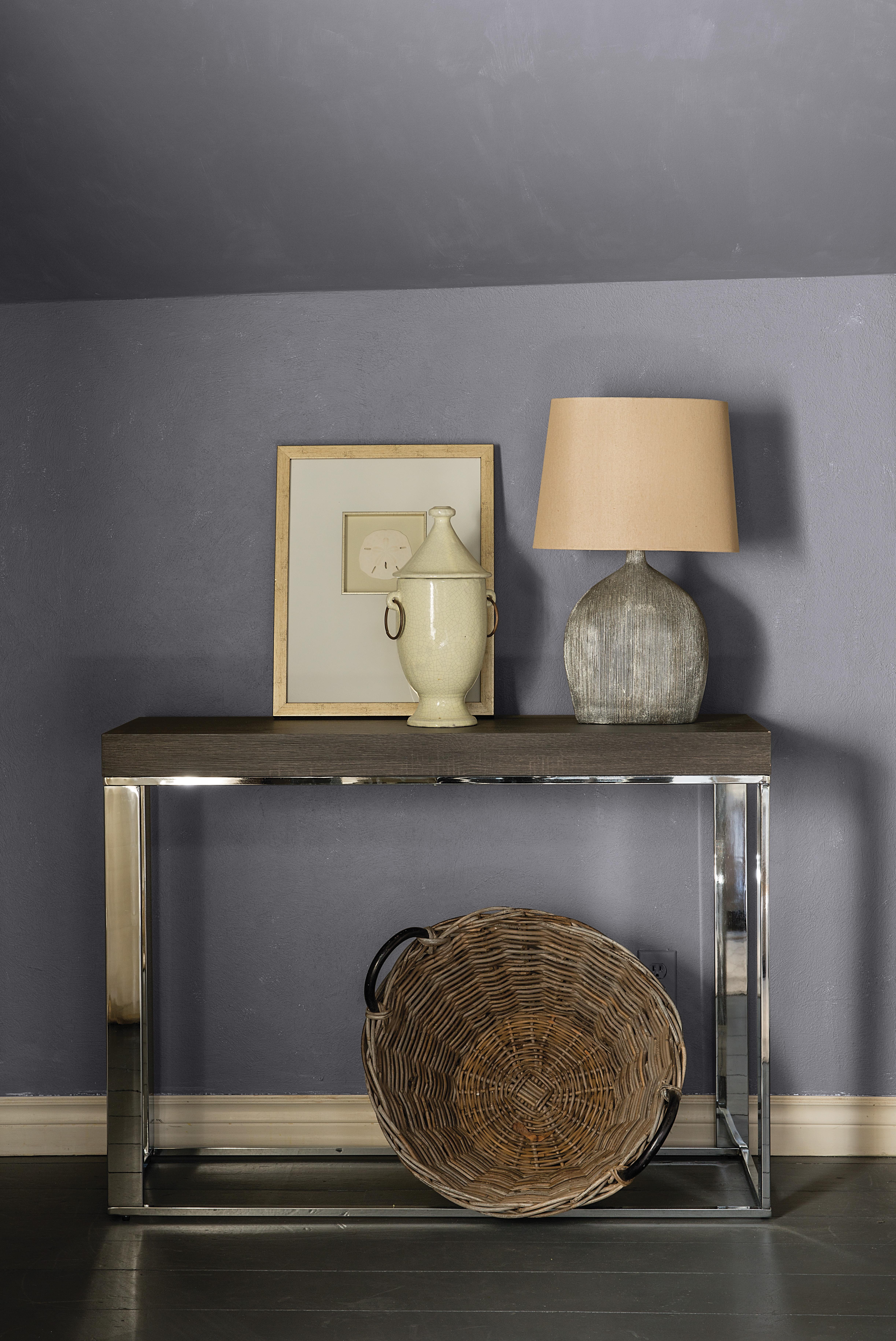
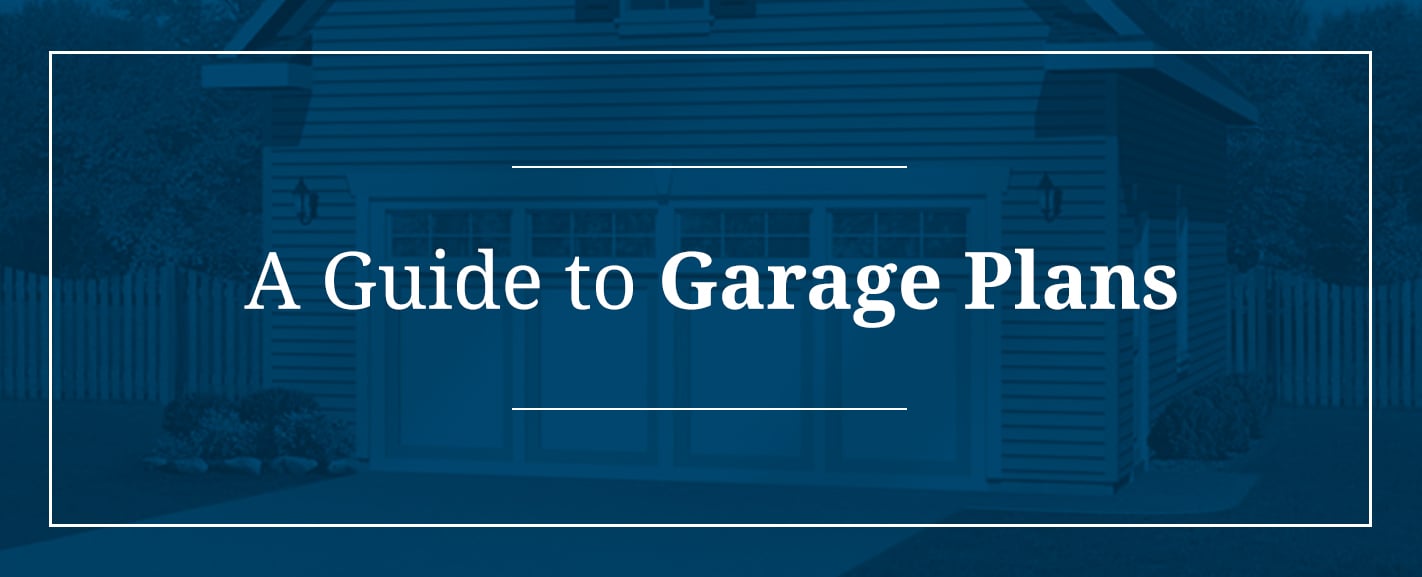
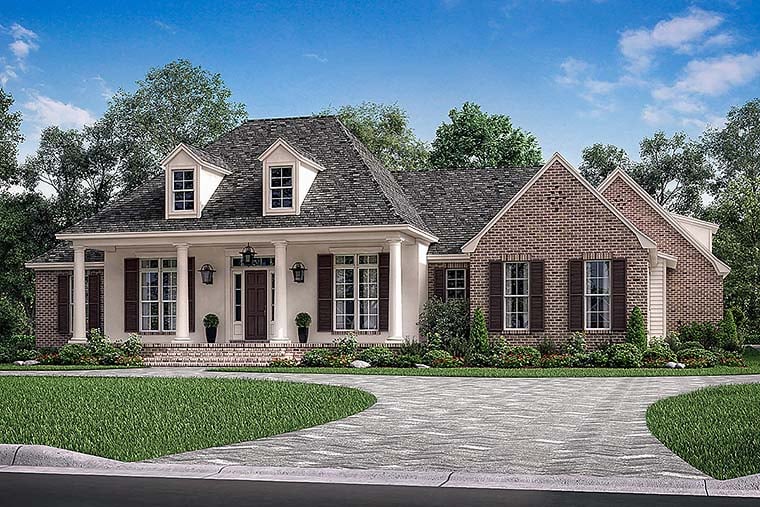

Leave a Reply